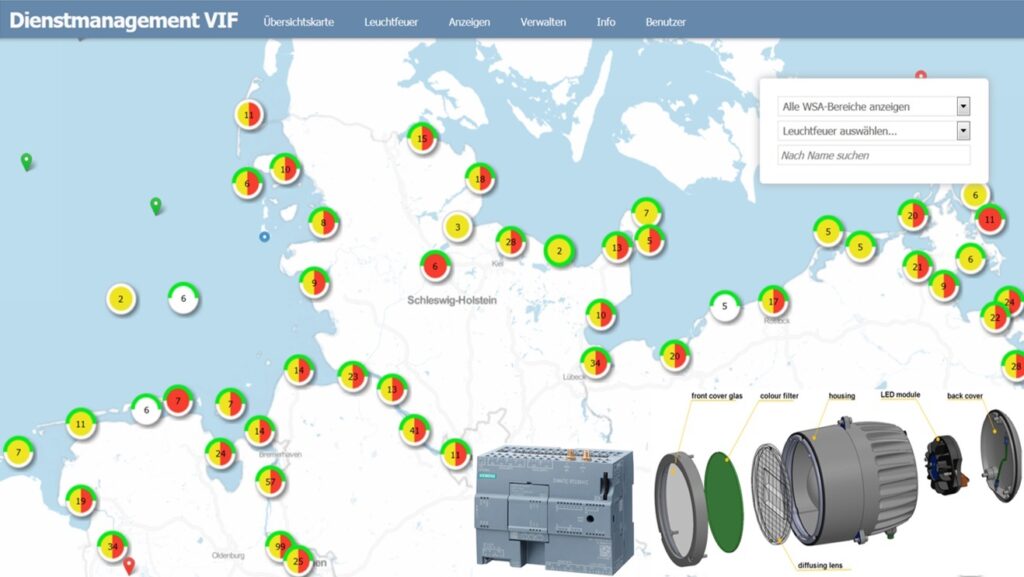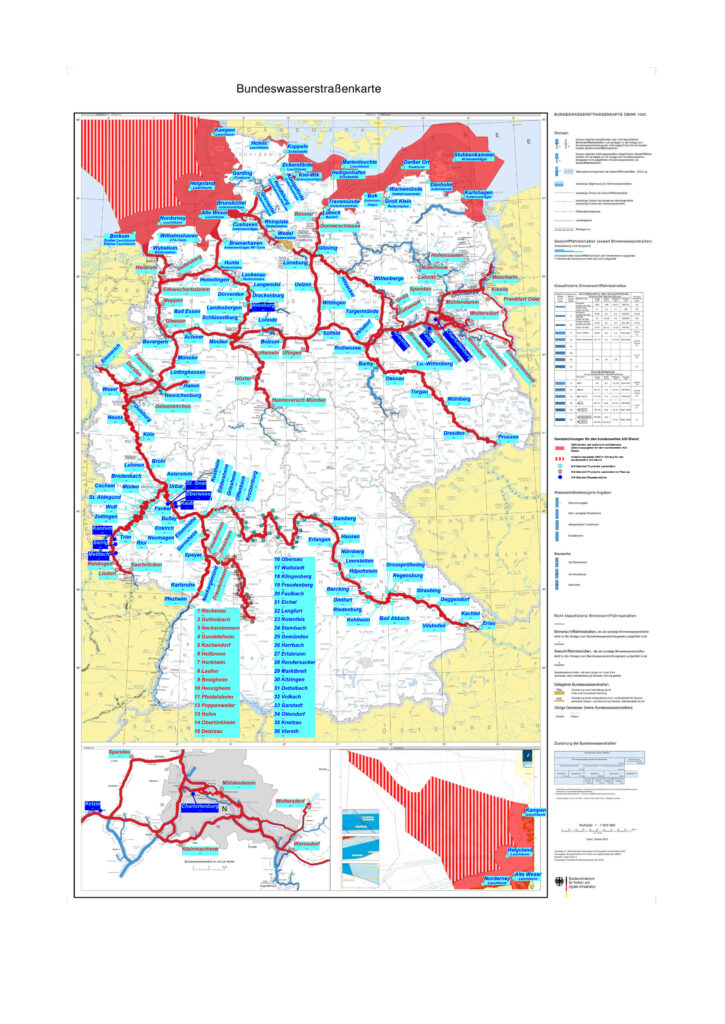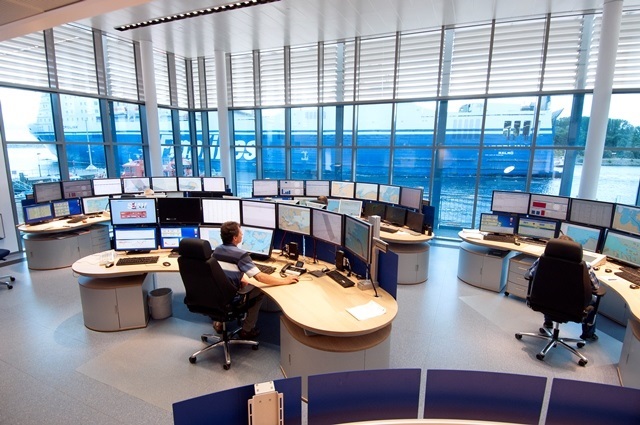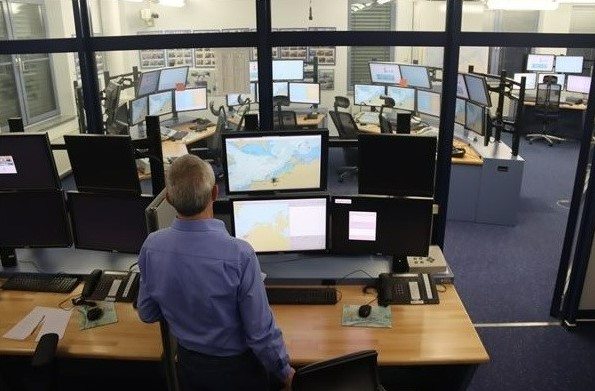Germany
In Germany the Federal Waterways and Shipping Agency (WSV) is operating under the German Federal Ministry for Digital and Transport and is the Federal Authority legally responsible for the provision, maintenance and operation of Marine Aids to Navigation in German coastal waters, the EEZ and the inland waterways.
With regard to the Marine Aids to Navigation Service the Mission is to ensure safe and efficient navigation in German waters at any time and under any circumstances.
The Aids to Navigation service provides and operates all kinds of visual aids to navigation, AIS, Radar, VHF, DGNSS, ship reporting systems and VTS in the coastal waters, the EEZ and the inland waterways.
Recent and current projects
Re-engineering of 900 lights on the German coast
The current technical renewal of 900 lights along the German coast is a special challenge due to the following boundary conditions:
- The existing equipment has been developed over many years. Therefore, the lights show a great technical variety caused by local developments and the historic period in which they were constructed and established.
- A coast-wide uniform technical approach and monetary constraints require a high degree of standardization. A minimum standard of equipment must be identified and implemented.
- Parameters of each light need to be confirmed by intensity calculations and a nautical assessment in an elaborate process.
- There is a need to switch to modern LED technology, which may lead to a complete redesign of a light with an optical, electronic and mechanical conversion.
- These measures will be carried out during continuing operation of the lights, so detailed planning with intense care and planning in several phases is necessary.
- There is a short product lifetime with modern technology.
For this measure, which will take several years, the budget of approximately €45 million has been allocated.
A recapitalization project
The nationwide AIS Network
- WSV is currently providing and operating two separate AIS-Networks: for coastal waters and for inland waterways.
- The networks have been in operation for more than ten years and need to be replaced. A recapitalization programme has been initiated. Two separate networks will be replaced by one nationwide network.
- Relevant international standards, recommendations and guidelines from EU, ITU, IEC, IALA, CESNI (the Rhine Commission) will be followed.
- This work will concern more than 260 base stations and ten repeater stations.
- State of the art architecture will be prepared to integrate future applications, for example with VDES and R-Mode.
- There will be a single point of access to provide AIS raw data and processed data to authorized users.
- Special attention will be given to cyber security.
VTS Fehmarnbelt
- Provision and operation of a new temporary bilateral Danish-German VTS of Fehmarnbelt in the premises of the existing VTS Travemünde in Germany with a shared watch room
- This is necessary for maintenance of safety of navigation during the construction of an immersed tunnel between Denmark (Lolland) and Germany (Fehmarn) in the Baltic Sea, currently the biggest tunnel project in Europe.
- VTS Fehmarnbelt has been in operation since 2021 and until the end of the construction work affecting the safety of navigation approximately in 2027. (See photograph here).
Flexible and excellent cooperation between Danish and German VTS authorities during planning and operation.
- Bilateral watchkeepers, both Danish and German VTS operators, work together in one watch.
- With regard to bilateral training and education, for the first time bilateral simulation courses have been held at the German VTS simulation and training centre in Warnemünde. (See photograph here).
Pictures & captions

Coastwide aids to navigation overview, energy saving PLC, modular leading light lantern with replaceable high-efficiency LED light source.

Map showing the extent of German inland waterways.
The shared watchroom, Travemünde.

The VTS simulator at Warnemünde.

Author: Christina Schneider
Rapporteur: Paul Ridgway
